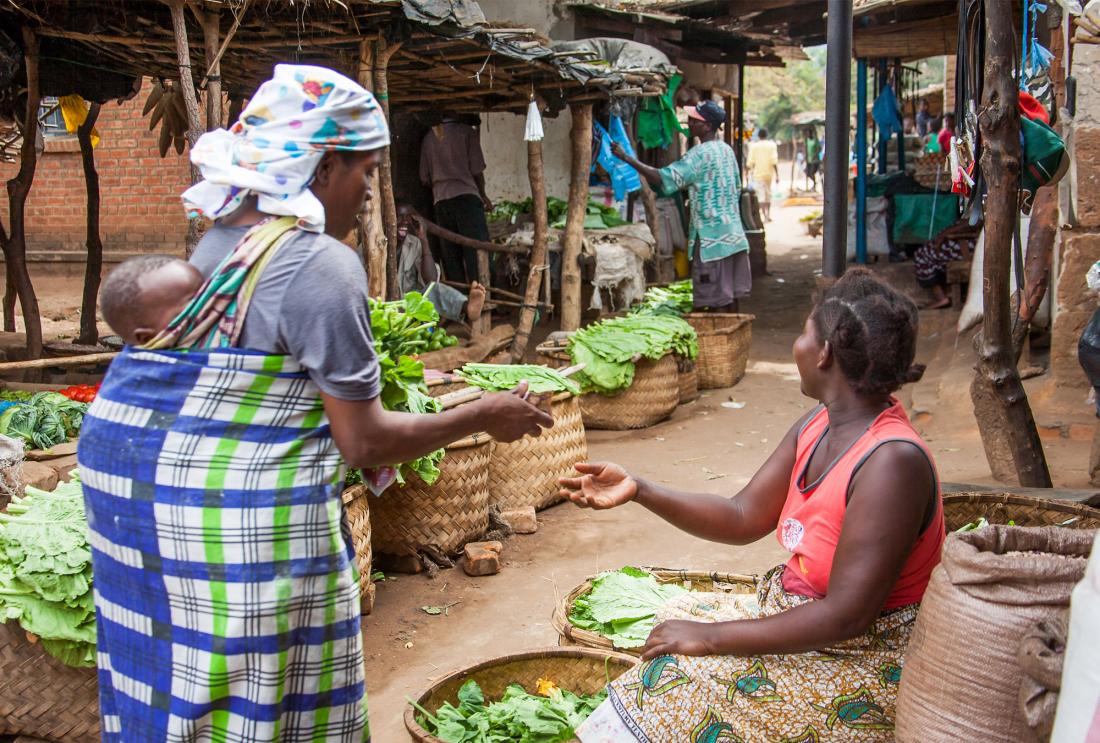Access to Credit and the Scale-Up of Biometric Technology in Malawi
- Rural population
- Adults
- Credit balance/repayment
- Commitment devices
- Credit
- Digital and mobile
- Technology
- Tracking
Previous research in Malawi showed that using fingerprints as unique IDs to track credit histories changed the behavior of microfinance borrowers and increased the chance that those who were poor credit risks would repay their loans. This project intended to scale up the previous work by collaborating with many lenders and a centralized credit data repository in Malawi. It faced many challenges: the commercial credit bureaus were not operational, the customized software for collecting fingerprints and integrating them with lenders’ own management information systems was sometimes difficult to use, the MFIs included in the study monitored repayment at the group rather than the individual level, and infrastructure challenges such as power outages or poor cellular data coverage made it hard for loan officers to connect to the central database in real time. Despite providing technical solutions or work-arounds to these issues, researchers saw relatively low adoption of fingerprint identification by local microfinance institutions.
الموضوع الأساسي
Credit enables small-scale farmers and business owners in developing countries to finance crucial inputs such as fertilizer, improved seeds, and business assets. However, formal lenders may be discouraged from lending to the rural poor due to difficulties in ensuring repayment from borrowers who lack adequate collateral or verifiable credit histories.1 Obtaining reliable information on individuals’ credit history can be difficult in countries without unique identification systems, like social security numbers or government-issued photo identification. Borrowers can avoid sanction for past default by simply applying for new loans under different names or from different institutions. Biometric identification, such as fingerprints, can help lenders identify unique borrowers, verify credit histories, and enforce loan repayment, which in turn can make it cheaper for banks to extend credit to the poor.
A previous study among paprika farmers in Malawi showed that fingerprinting substantially increased loan repayment among the riskiest borrowers. In this study, researchers intended to work with multiple microfinance partners and new national credit bureaus to scale up the use of fingerprinting for loan enforcement and examined its effects on borrowing and lending across the country.
سياق التقييم
Few rural Malawian households have access to loans for business and agricultural purposes: only 11.7 percent reported taking out a loan in the previous year, and among these loans only 40.3 percent were from formal lenders. According to the World Bank’s Doing Business Report, which ranks countries on the ease of owning and operating a local business, Malawi ranked 109 out of 129 countries in terms of the supply of private credit.
Researchers partnered with the Malawi Microfinance Network and two microfinance institutions (MFIs) to expand the use of fingerprinting and introduce a fingerprint-based credit bureau that would enable information sharing across lenders. While the original research design called for sharing information with multiple microfinance institutions through commercial credit bureaus, the bureaus were not engaged with the microfinance sector at the time of the evaluation.

معلومات تفصيلية عن التدخل
Researchers measured the large-scale impacts of fingerprinting on lending and borrowing across Malawi in partnership with two MFIs.Across the participating MFIs, 63 loan officers were randomly assigned to a treatment group that was tasked with fingerprinting borrowers to create a biometric form of identification or a comparison group that continued established lending practices.
In early 2016, loan officers in the treatment group received a tablet and training on how to register and verify their customers using the fingerprinting technology. They were instructed to register all of their borrowers. Loan officers also earned small financial incentives for registering borrowers, roughly equivalent to the amount loan officers could receive for other incentivized internal performance targets. Across both the comparison group and treatment group, all loan officers received training on the importance of establishing a good credit history to share with their clients. Borrowers served by officers in the comparison group were not fingerprinted. To capture the effects of fingerprinting at different stages in the loan cycle and agricultural season, loan officers in the treatment group fingerprinted their borrowers in phases.
Researchers evaluated the impact of fingerprinting on borrower registration and loan uptake and repayment through administrative data received on a quarterly and then monthly basis.
النتائج والدروس المستفادة بشأن السياسات
While this project intended to scale up previous work by collaborating with many lenders and a centralized credit data repository in Malawi, it faced many implementation challenges: the commercial credit bureaus were not operational, the customized software for collecting fingerprints and integrating them with lenders’ own management information systems was sometimes difficult to use, and infrastructure challenges such as power outages or poor cellular data coverage made it hard for loan officers to connect to the central database in real time. Despite providing technical solutions or work-arounds to these issues, researchers saw relatively low adoption of fingerprint identification by local microfinance institutions.
Loan officers may have been discouraged by early technical challenges, or may have chosen to focus on other tasks that comprised their performance indicators rather than on collecting fingerprints. Also, while microfinance agencies keep records for individual borrowers, researchers learned that many only monitor repayment or default at a group level, and therefore did not see substantial advantages to collecting biometric data for individuals. Ultimately, though the research team did succeed in collecting bio-data for thousands of borrowers, they saw little or no impact on lenders’ or borrowers’ behavior. Lessons learned from this project will guide the design and implementation of biometric tools for the microfinance sector, and will help policy makers determine what institutional features and lending procedures are necessary for fingerprint identification of borrowers to increase repayment rates.